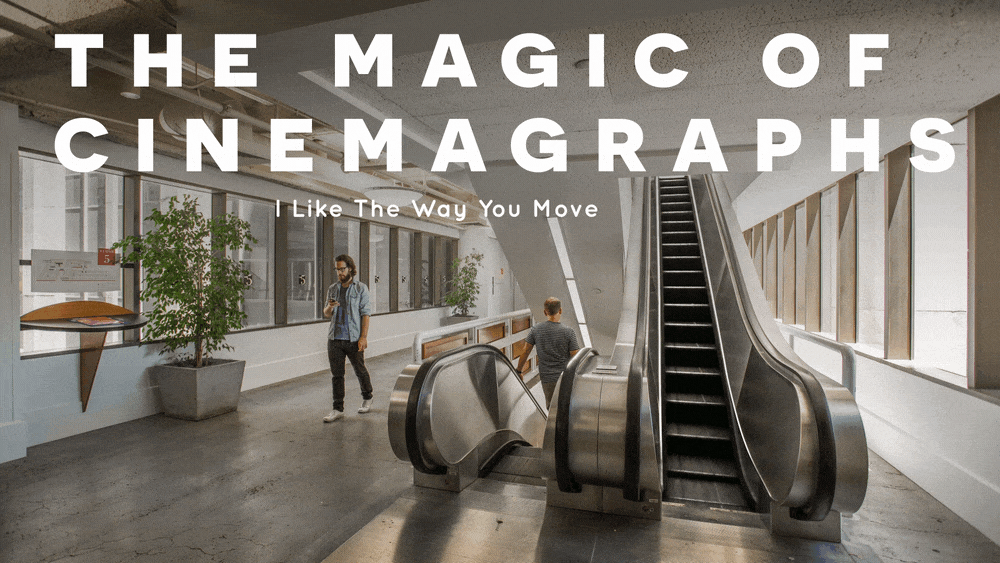
The Magic of Cinemagraphs: I Like The Way You Move
Cinemagraphs are images that combine video elements (“cinema”) with still photos (“graphs”) to create an experience entirely different from either. This form of micro-content results in part of the image moving, while the rest remain still.
Pete Schwartz, GTMA’s award-winning animator, suggests cinemagraphs are “more like a work of art than a video and more interesting and engaging than a photo. At their best, they draw you in and are strangely mesmerizing.”
If micro-moments tell a story with video in 60 seconds or less, then cinemagraphs are poems, capturing a living moment in time that you just can’t take your eyes off of, even if you aren’t entirely sure why.
In multifamily, that single moment in time—easily consumed by potential renters scrolling through their social feeds while in line at the grocery store or on the train to work—can speak volumes about what your community has to offer.
“You want to watch them loop over and over again because they are subtle and (thanks to our high-quality photography) very beautiful,” explains Schwartz.
GTMA can make captivating, photographic poetry out of your community’s glimmering pool or its smoldering fireplace. Here’s how!
4 Kinds of Cinemagraphs
When GTMA partners with a client, there are several ways we go about creating cinemagraphs.
- We shoot the photo and video content ourselves.
- We use our photo content but have to improvise the video portion.
- We use the client’s photo content and have to improvise the video portion.
- We use stock photography and have to improvise the video portion.
Every partnership comes with its own set of unique opportunities that help to decide which route works best.
How Cinemagraphs Work
Cinemagraphs only work when we’re able to add simple motion to a static photograph, so look for elements that are pretty universal and have loopable qualities. Think rippling water, the flames in a fire pit, clouds moving in the sky, etc.
If we weren’t on site to shoot the video elements, then they need to be ones that we can easily pull from our library. If we get a bathroom shot or a living room shot, the question becomes “what are we going to add motion to?”
If there is no obvious or natural motion to loop, that doesn’t mean we can’t create a cinemagraph from a living room shot—maybe we can make the ceiling fan spin, for instance. Even if our creativity is limitless, budgets and deadlines can often create their own set of constraints.
Stand Out With Cinemagraphs
The unlimited connectivity of mobile devices has divided and subdivided attention spans into mere seconds of opportunity. A moment of reverie is all one has these days to get your message across. Whether it’s the strange illusion that’s created by the mix of static and moving photography or the sense your brain feels tricked that causes you to pause, there’s no doubting that a well-made cinemagraph will arrest your attention. Something in the subtle motion just makes the eye want to linger.
“They’re ongoing and infinite,” Schwartz concludes, “and hopefully infinitely interesting.”
If there’s a story to be told, GTMA will tell it, skillfully and authentically. We’ve turned seconds into centuries with our cinemagraphs. Consider incorporating them into your digital marketing mix to tell stories that are unique to your community and drive engagement in a way that turns your social media followers into brand advocates!
Oops! We could not locate your form.